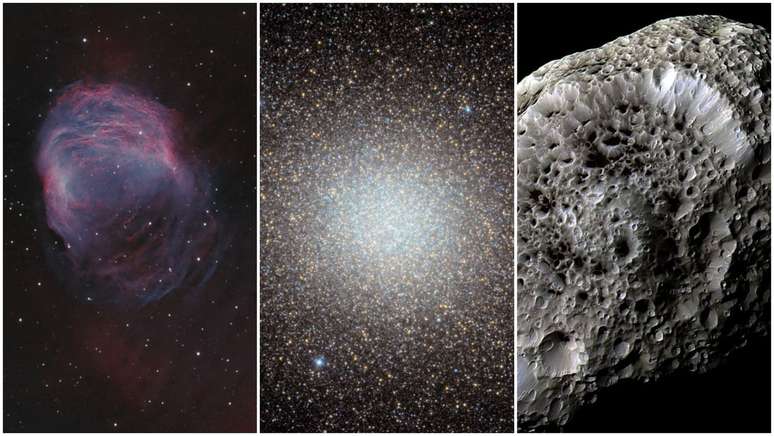Every Saturday, Canaltech collects the astronomical photos that NASA has chosen to highlight during the week. Here you can see beautiful images of nebulae, planets and more!
Ready to check out another selection of astro photos highlighted by NASA? In the last week, the website Astronomy Picture of the day brought fascinating images of nebulae and their colors, along with recordings of a curious moon of Saturn and even the asteroid Bennu.
Additionally, you can see photos of the recent conjunction of Jupiter and Venus and even a rainbow in beautiful alignment with a tree.
Look down:
Saturday (03/11) — Asteroid Bennu in 3D
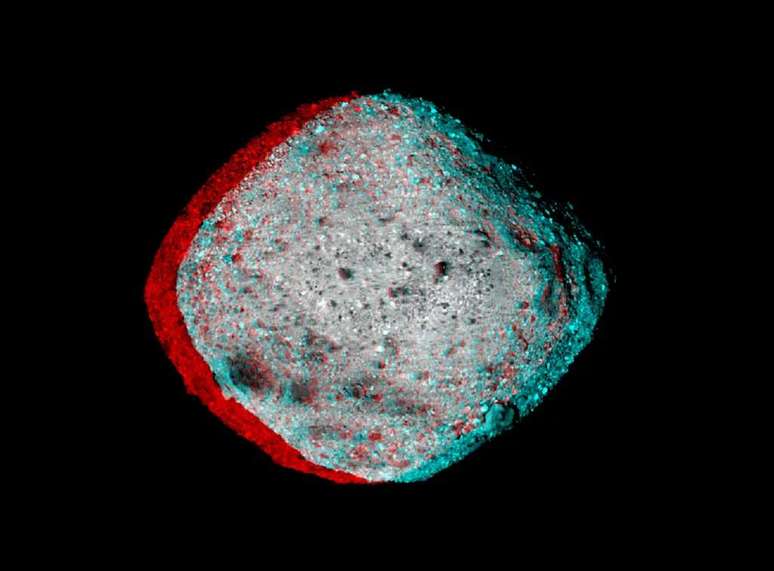
If you have 3D glasses at home, with a blue and red lens, it’s worth grabbing them to take a look at this photo, which shows a three-dimensional version of the asteroid Bennu. This space rock measures less than 500 meters and was visited in May 2021 by the OSIRIS-REx mission, which collected samples from its surface. The material is expected to reach Earth in September.
- Read also: 10 curiosities about the asteroid Bennu
Sunday (03/12) – Hyperion Moon
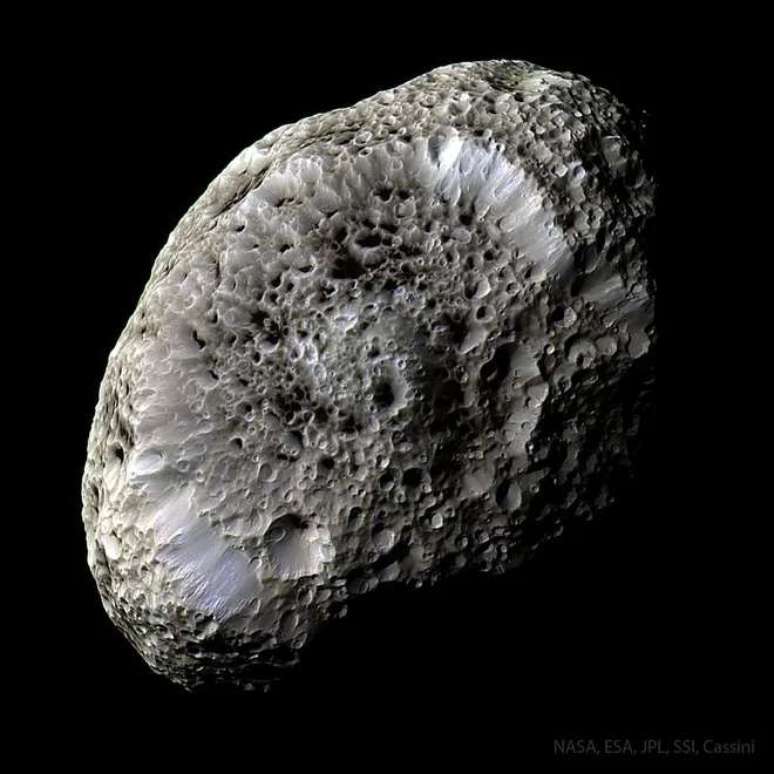
This curious object is Hyperion, one of dozens of moons of Saturn. The photo is a mosaic produced from six images captured by the Cassini spacecraft in 2005, which highlight the mysterious craters of the moon and its spongy surface.
Most of the craters have dark red material that appears to be similar to that found on part of Iapetus, another moon of Saturn.
Monday (13/03) – The end of the rainbow
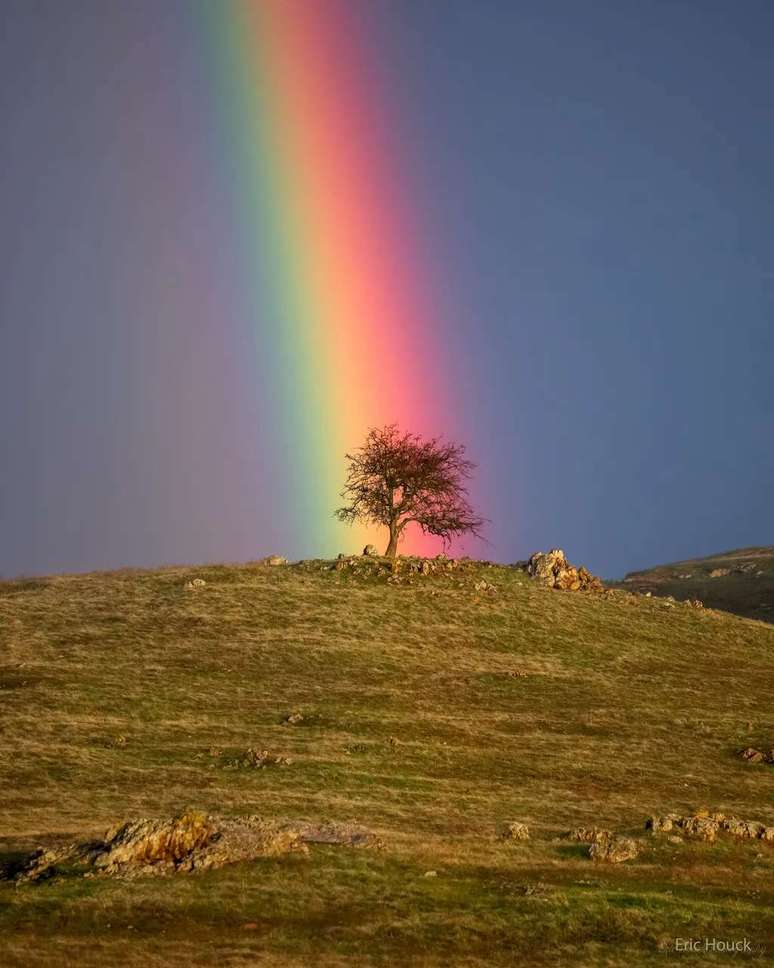
Rainbows are beautiful weather phenomena that occur due to the reflection and refraction of sunlight in water droplets in the atmosphere. An interesting feature of them is that the position depends on where the observer is and the center of the rainbow always appears in the opposite direction from the Sun.
In the case of this photo, its center was about 40º to the left, just below the horizon. The sun was behind the camera and slightly above the horizon.
- Learn more about rainbow photo
Tuesday (3/14) — Soul Nebula
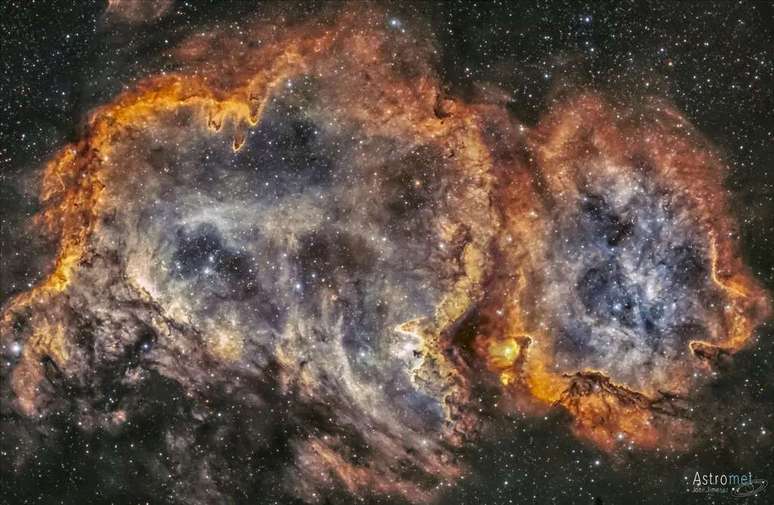
The colors and shapes in this photo belong to the so-called “Soul Nebula”. Also known as “W5,” it hosts star-forming regions, open star clusters, and cosmic dust.
This colored nebula is about 6,500 light-years away from us and extends about 100 light-years. It is composed of hydrogen, sulfur and oxygen.
- Learn more about photo of the soul nebula
Wednesday (15/03) – Jupiter and Venus
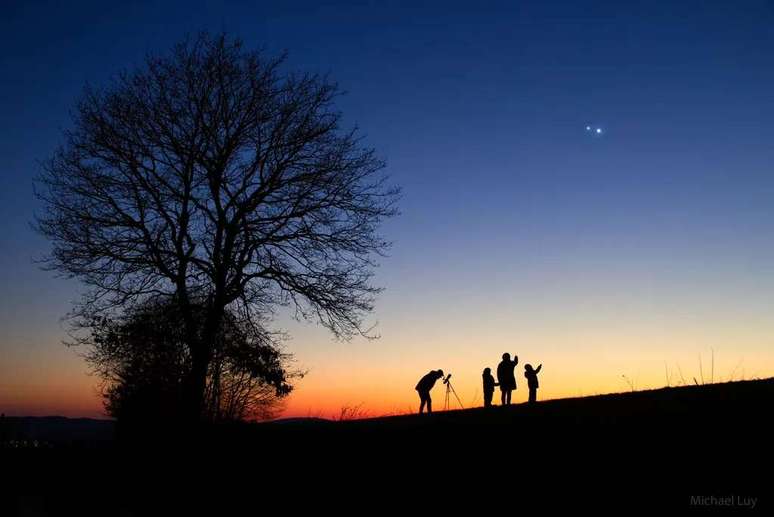
If you’ve been following the space science news, you may know that Jupiter and Venus were conjunct recently. During the phenomenon, they were separated by a distance similar to the diameter of the Moon in full phase – this, of course, from our observational perspective, since the planets were millions of kilometers apart.
The conjunction happened at the beginning of the month and since then the planets have gradually moved apart.
- Learn more about photo of the conjunction of Jupiter and Venus
Thursday, March 16 — Omega Centauri star cluster
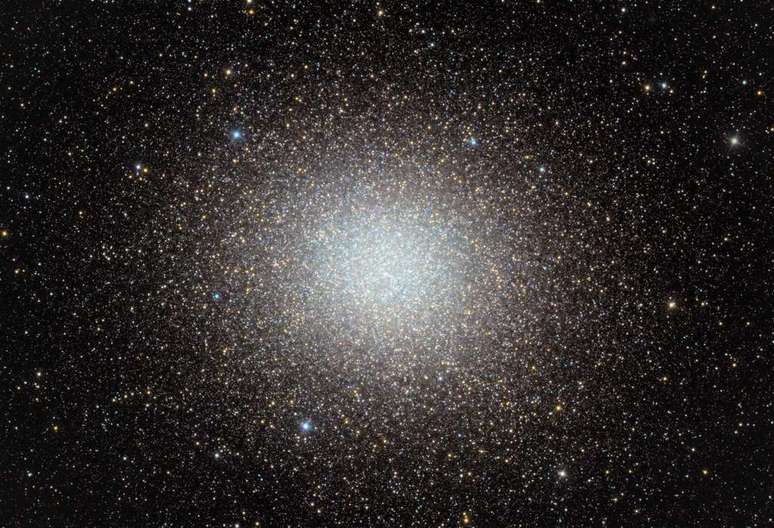
Here, the photo shows the Omega Centauri star cluster, one of the largest and most luminous star clusters known. It is home to about 10 million stars much older than the Sun and curiously differ in age and chemical composition. Therefore, it is possible that this cluster is the nucleus of an ancient galaxy.
- Learn more about the photo of star cluster Omega Centauri
Friday (3/17) — Medusa Nebula
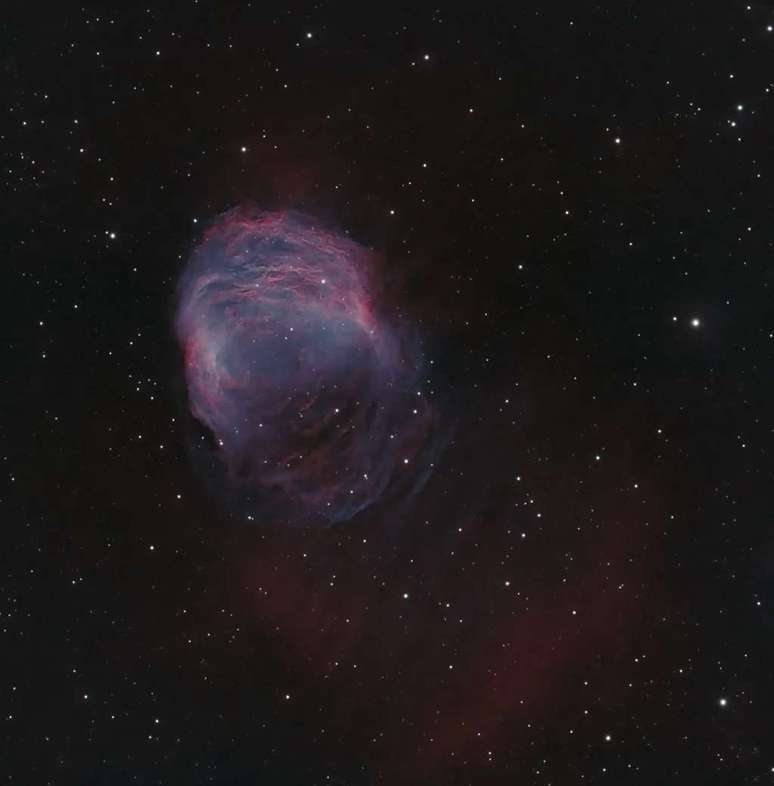
Also known as “Abell 21,” the Medusa Nebula is a planetary nebula formed by a low-mass star, such as the Sun, that is nearing the end of its life. It appears near the center of the photo, and extremely hot ultraviolet radiation causes the nebula to glow.
- Learn more about photo of the Medusa Nebula
Source: APOD
Trending on Canaltech:
- Why are we buying fewer and fewer cell phones?
- Origin | Meet the new horror series from the director of Lost
- The UFOs may have exhibited “anomalies of physics,” scientists say
- What is a Mary Sue character?
- The most energetic events in the universe will be seen in this decade
- Each point in this animation is a source of gamma rays in the universe.
Source: Terra
Rose James is a Gossipify movie and series reviewer known for her in-depth analysis and unique perspective on the latest releases. With a background in film studies, she provides engaging and informative reviews, and keeps readers up to date with industry trends and emerging talents.

